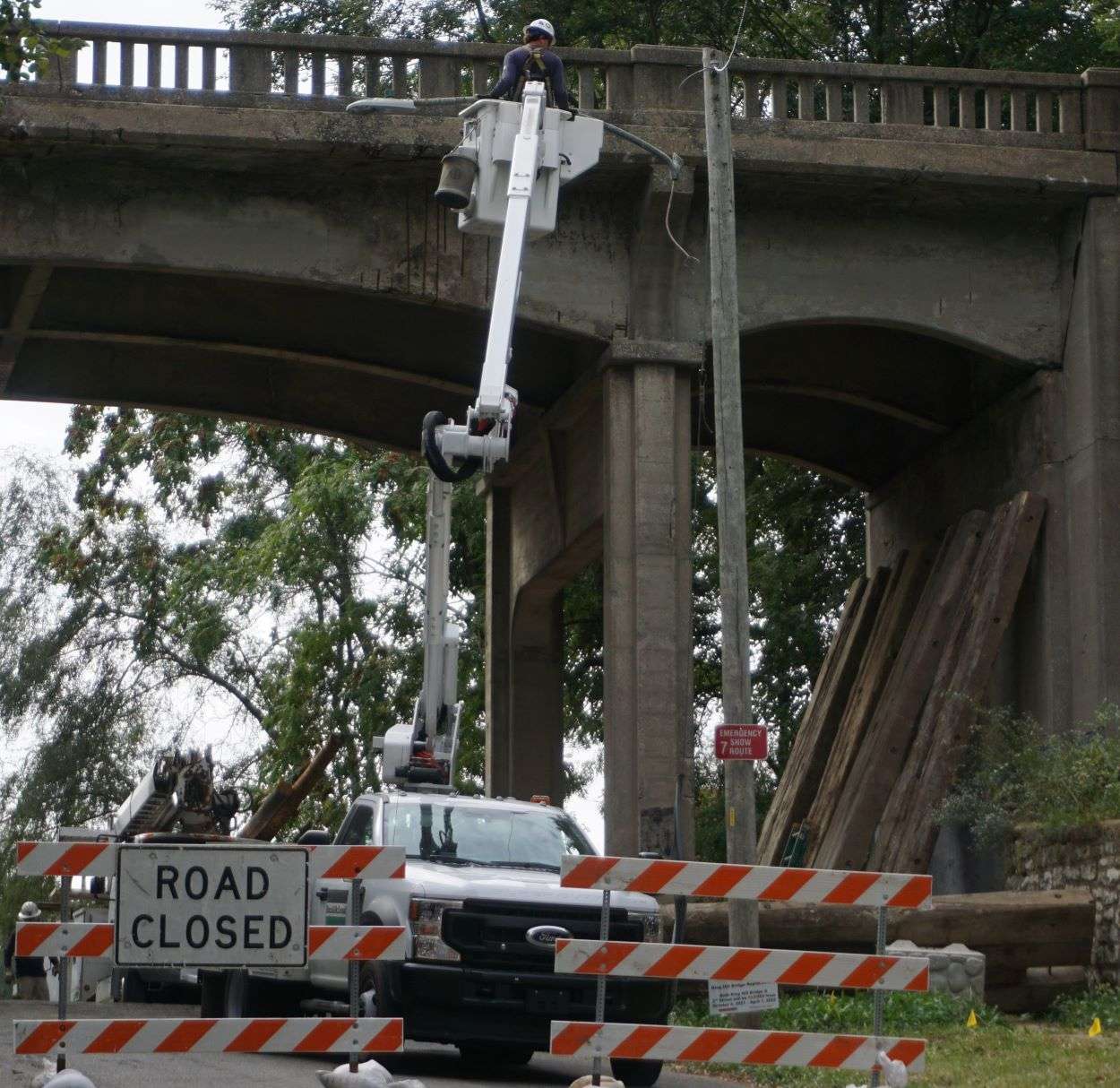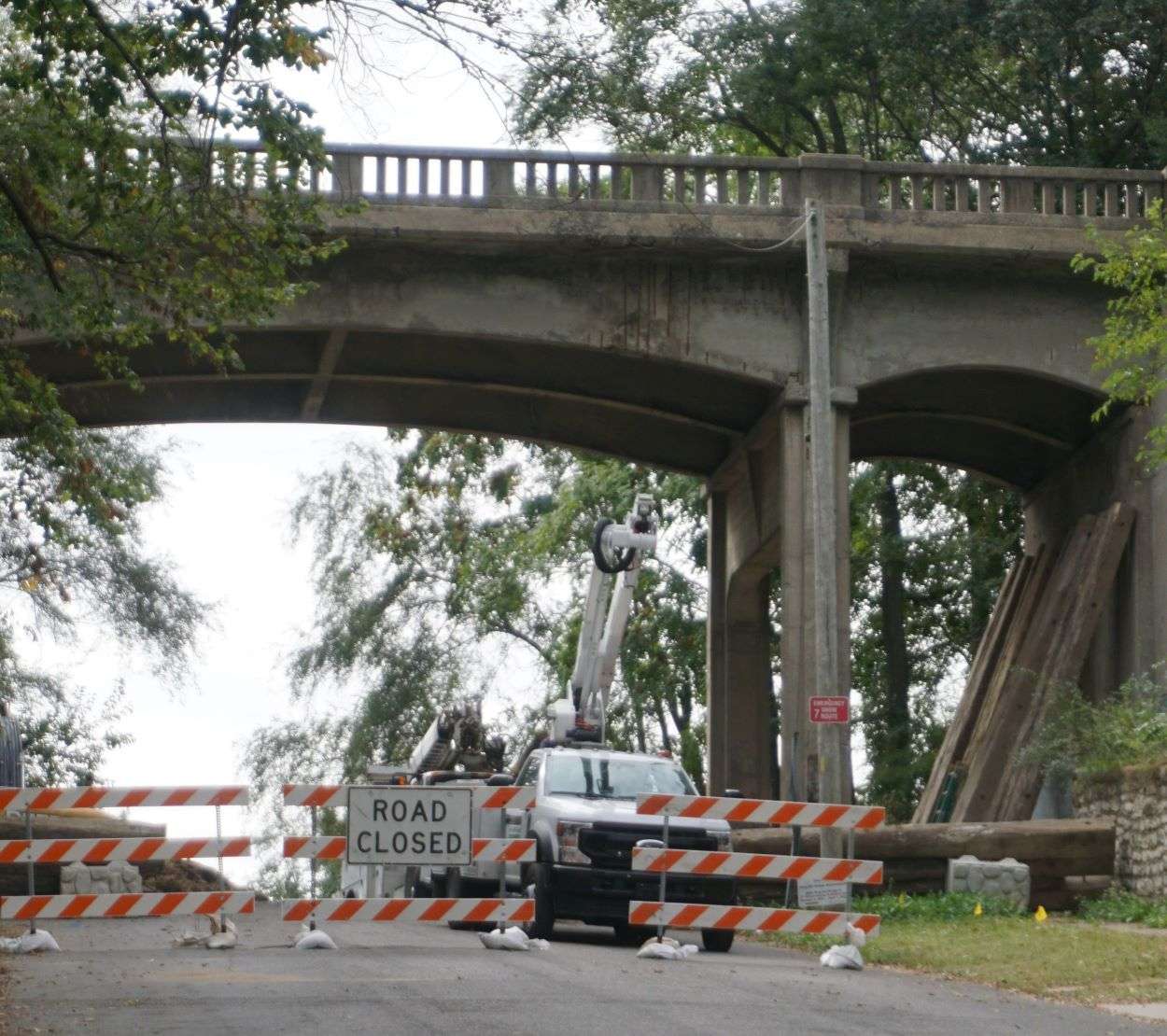
By BRENT MARTIN
St. Joseph Post
Bonds to Bridges is back on track in St. Joseph, after the coronavirus pandemic and its after-effects delayed bridge reconstruction.
Work is underway in the south end on the King Hill Bridge that spans South 2nd Street, the first of four bridges to be replaced in the first phase of the program.
St. Joseph Public Works Director Andy Clements says the King Hill Bridge was deteriorating badly.
“It’s a 1927 bridge. It’s restricted to five tons. You don’t really get a rating much below that, then you have to start closing them. It’s again a 1927 bridge,” Clements tells KFEQ/St. Joseph Post. “There’s a culvert there or bridge technically at 22nd Street there by Corby Pond that was built in 1915.”
Also being replaced in this first phase of the Bonds to Bridges project is a bridge at Gene Field and the Northeast Parkway as well as the 13th Street Bridge.
Voters approved issuing $20 million in General Obligation bonds in June of 2020. The money will be used to replace eight bridges and repair two others.
Clements says the city is moving forward with the four bridges in phase one of the Bonds to Bridges project, even as supplies are short and prices are high.
“Trying to get the first four out. See what we can do,” Clements says. “We’re trying not to get all the jobs out at the same time so all of St. Joe is not torn up at the same time and nobody can get around at all.”

Clements expects to be able to complete replacement of most of the bridges by the end of next year. Then, the work shifts to smaller projects, such as installing box culverts.
The coronavirus pandemic had an effect on getting the project off the ground. It still is having an impact. Four engineering firms hired to help went into lockdown shortly after voters approved the bonds. Those engineers still working, worked at home and couldn’t go out on site at the beginning of the pandemic.
When they finally got out and began the preliminary work prior to construction, supply chain issues delayed shipment of supplies and costs began to rise.
Clements says construction firms refused to guarantee their prices for 30 days, a normal practice pre-pandemic. Reinforcing steel and other construction material have risen in cost. Costs continue to rise.
“It, in fact, has been significant,” according to Clements. “A good part is we were careful in our estimating and, so far, we’re still under budget, but we’re hoping that some of the forecasts that things might be getting worse before getting better are not true, because at that point we’re going to have trouble delivering the entire program. But right now we’re doing alright.”






